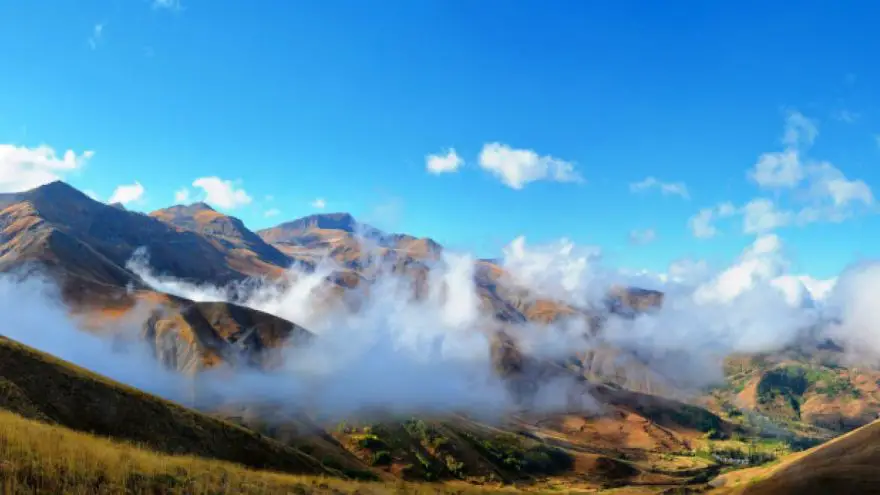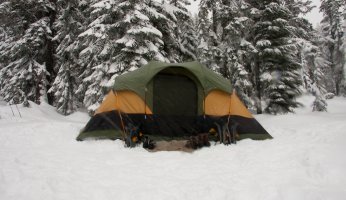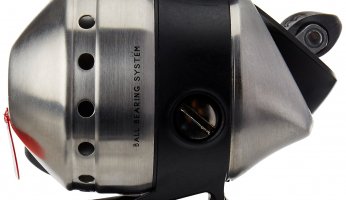How to Navigate Without a Compass or Map
 How to Navigate Without a Compass or Map
gearweare.net
How to Navigate Without a Compass or Map
gearweare.net
Part of being safe in the woods is being able to navigate your way back to civilization if you get lost. The best method for rout finding in the backcountry is the use of a topographic map and compass together. However, if for some reason you are stranded without either of these tools, there are still ways to figure out the direction and guide yourself home.
A major reason that these navigation skills are crucial is that people tend to walk in circles when they lack directional orientation. In wooded areas, holding onto your sense of direction is all but impossible. Without large landmarks, everything starts to blend together. These methods give you a way to consistently check the direction you are walking, and keep you from spending hours retracing your steps.
Look to the Heavens
The first place to look for navigational assistance is the sky. The sun and stars have long been humanities method of telling time, and they work just as well today as ever.
When using heavenly bodies for navigation, remember that their position in the sky depends on which hemisphere you are in and on the time of year. Since I live in the United States, my descriptions will be oriented from the perspective of the northern hemisphere.
Using the Sun:
Above the equator, the position of the sun is always on the southern end of the horizon. Knowing this alone can help you orient yourself, but the sun can also be used to gain more precise bearings.
- The Watch Method – This method is only possible if you have an analog watch. Align the hour hand with the sun, then draw a line at the point that bisects the area between the hour hand and 12 o’clock. This line points north/south, with north being the direction away from the sun. Remember to account for daylight savings time when applicable.
- The Stick Method – Place a stick upright in the ground, making sure to find an area that is flat and therefore won’t distort the stick’s shadow. Place a stone or other marker at the end of the shadow, and then wait at least a half an hour. Once that time has elapsed, place another marker at the end of where the stick’s shadow is now. Draw a line between the two markers. The end of the line where the original marker will approximately face west, and the other points to the east.
- The Stick in a Circle Method – This technique is similar to the stick method, but the process for employing it must be started before noon. Go through the same process for setting up the stick. After you mark the first shadow, draw a circle around the stick with an equal radius to that marker. Wait until the stick’s shadow reaches the outer edge of the circle again, and place a market on that second point. The line between these two markers gives a more precise measurement of west to east. Draw a perpendicular line to find north and south.
Using the Stars:
Once the sun goes down navigation can still be done using the stars. Again, remember that how the stars look depends on the time of year and where you are located in the world.
- Polaris (The North Star) – The easiest way to find Polaris is to locate the Big Dipper, and find the two farthest stars that make up the “bowl” part of that constellation. Draw a line between those two stars, that continues about 5 times the distance between this two stars, in the direction opposite to the curve of the “handle”. Polaris will be there. Use the two-sticks method, explained below, to find true north.
- Two-sticks Method – Take a short stick and place in the ground, making sure to line it up with a star. Take a second, longer stick, and place it behind the first so that the two sticks and the star make a straight line. Draw the line they create in the earth. If the star is Polaris, this bearing is true north. If the star is any other, wait a few minutes to see the direction that the star moves in relation to your line.
- Moves up = Line points east
- Moves down = Line points west
- Moves right = Line points south
- Moves left = Line points north
The Surrounding Environment
If you get lost on a cloudy day using the sky to navigate may not be an option. In that case look for signs and landmarks within the surrounding environment that can help you orient yourself.
Look for Moss:
Moss typically grows on the North side of rocks and trees. This is because this is the shadiest side, and therefore retains more moisture. If the climate is right, moss may also grow on the other sides of a tree, so some considerations need to be taken before trusting moss as a navigational tool.
If a tree is shaded on all sides, the moss may grow all around it. Likewise, trees that grow in areas with high moisture may have moss on all sides. The lower and upper sections of a tree should also not be trusted, since both the ground and canopy release water vapor.
Try to find trees that receive consistent sun and are in soil that isn’t waterlogged. The soil should have some moisture though, since without any dampness it’s unlikely you’ll find moss growing at all. Also, don’t trust just one tree; make sure to look for multiple examples to confirm the direction you should travel.
Use Features in the Landscape:
The way vegetation grows on the sides of hills can also tell you what direction you are facing. Southern facings areas get the most sun, so therefore tend to be drier and less vegetated.
Also remember that towns and roads are usually located at lower elevations, so heading down hill is never a bad idea. Following valleys or streams can not only help you reach lower ground, but keeps you walking in a straight line. Furthermore, if you know the area well, these types of land features might be able to clue you in to where exactly you are.
Following landmarks can also be a method for traveling through an area. Pick a landmark some distance away, then before you begin walking toward it, find one at your current location as well. Once you get to the far landmark, look back and locate where you were. Know where you came from stops you from walking in circles, so repeating this method across as landscape will allow you to ensure you heading in the direction you desire.











